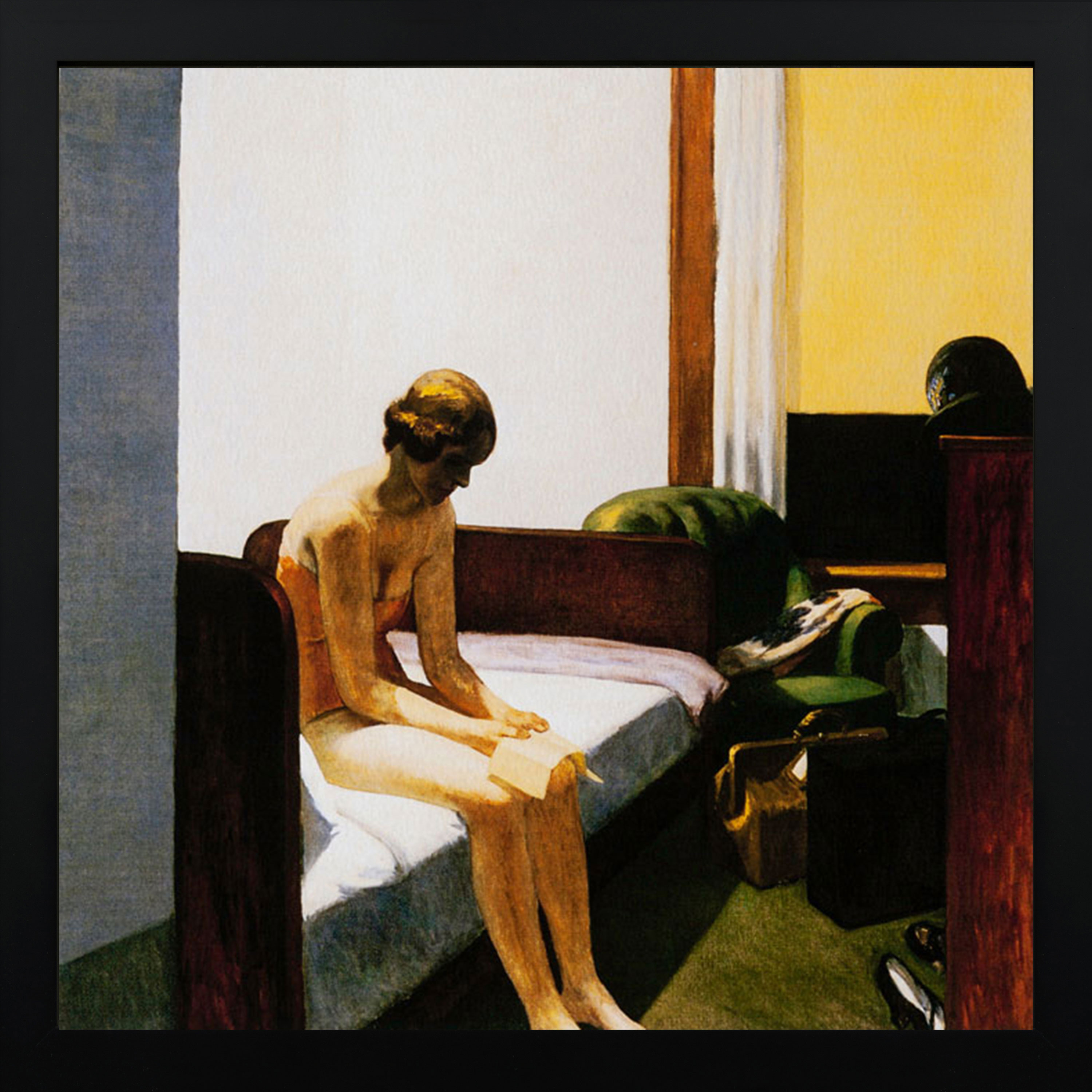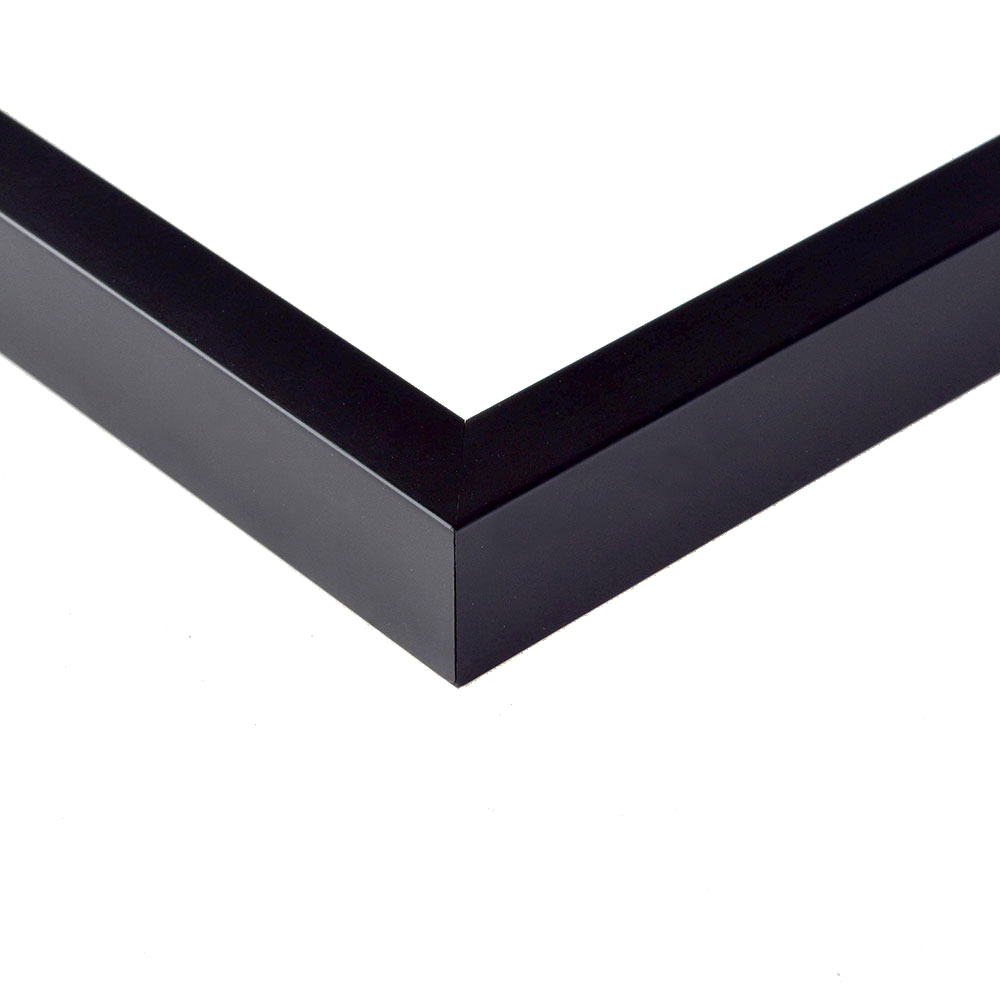Tel : (+33) 4 94 63 18 08
9am - 6pm from Monday to Sunday
All products Edward Hopper • Products of the topic Framed prints
Edward Hopper : Hotel Room (1931) - Framed print 30 x 30 cm
REF : EHOP-CDRE-01
In stock
Only 1 in stock
Unavailable
59,00 €
Fine Art Print (Giclee Technic) on a heavyweight ragpaper (200g/m²).
Quality wooden frame flat profile width 2.5 cm matt black color with smooth texture.
Dimensions of the print : 30 x 30 cm
Tota size (with frame) : 35 x 35 cm
Discover the artist's categories
Edward Hopper
Additional cultural and artistic information about the artist
* * *
Main works
House by the Railroad (1925): Considered as a work marking his artistic maturity, it illustrates isolation and modernity.
Nighthawks (1942): His most emblematic painting, representing lonely characters in a diner, bathed in artificial light protecting them from the darkness of the night.
Early Sunday Morning (1930): A view of a deserted street, symbolizing the tranquility before the arrival of the day's hustle and bustle.
Chop Suey (1929): Shows two women in a restaurant, embodying the social tensions of the time.
Morning Sun (1952): An intimate portrait of a woman bathed in light, embodying contemplative solitude.
Artistic movements
Edward Hopper is a major figure in American realism, a style that focuses on depicting daily life, often marked by solitude and alienation in modern American society. He developed a painting style that is both realistic and symbolic, marking a turning point in the representation of urban and rural spaces in the United States.
Inspiration, influence
During his stays in Europe, Hopper was influenced by the Impressionists (particularly Edgar Degas), but also by masters of realism such as Gustave Courbet, Honoré Daumier, and Jean-François Millet. He also admired the works of Rembrandt and Vermeer, while keeping his distance from avant-garde movements such as Cubism. He was also inspired by photography, cinema, and literature, particularly the works of Ralph Waldo Emerson, Carl Gustav Jung, Sigmund Freud, and Ernest Hemingway.
His contemporaries
Hopper evolved alongside other American artists such as George Wesley Bellows and Norman Rockwell, although his works differ by depicting a pervasive solitude in a rapidly changing modern world. He is also associated with the Ash Can School and shares an admiration for French culture with artists like Patrick Henry Bruce.
To keep in mind
Edward Hopper is the painter of solitude, isolation, and American modernity, with a melancholic view of a changing America. His style is characterized by simple geometric compositions, flat colors, and harsh lighting, often associated with metaphysical and contemplative scenes. He draws inspiration from European realism, while integrating cinematic and photographic elements into his works. His characters, often silent and distant, are depicted in clean spaces, between introspection and alienation.


























































